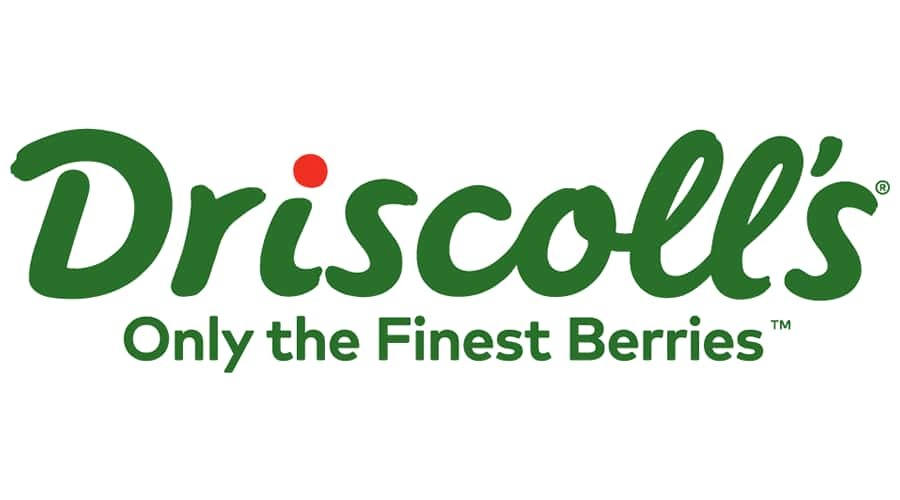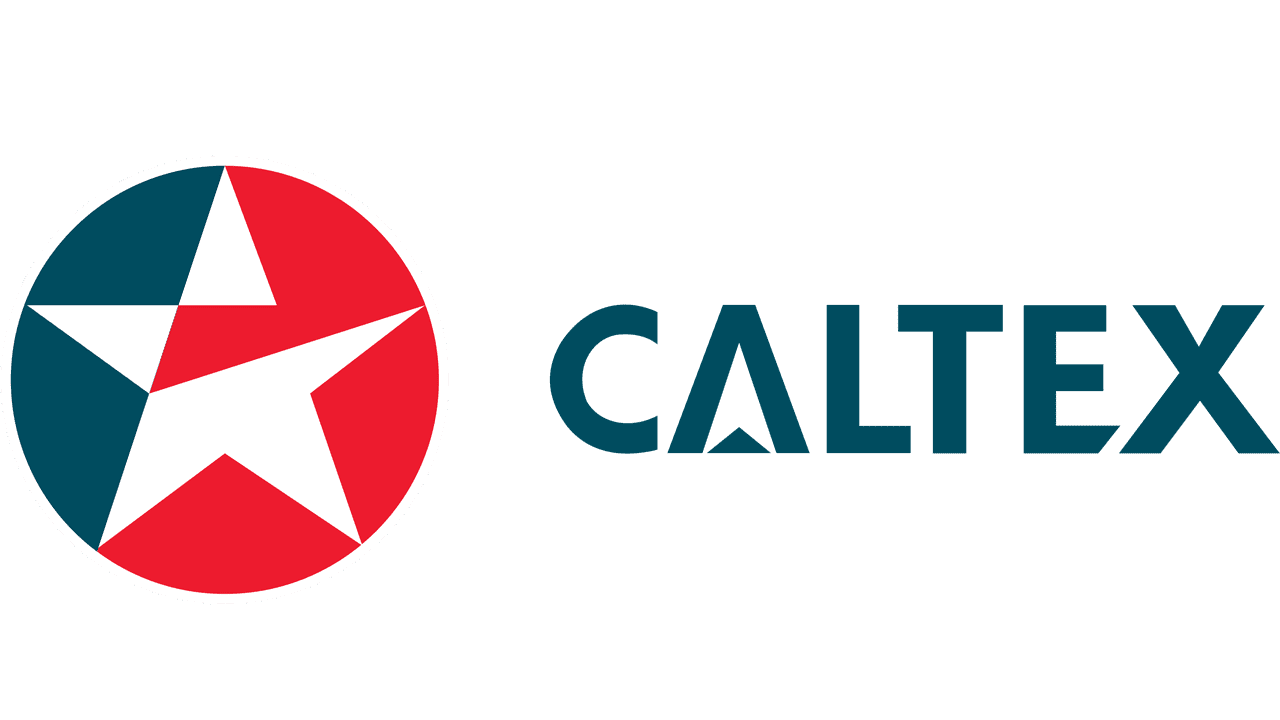The Extraction of Vanadium from Titanomagnetites and other sources
The emergence of vanadium redox flow batteries for electric energy storage and power grid stabilisation together with the consistent quantities used in the production of steel alloys, the global demand for vanadium is increasing. Siecap is experienced in managing scientific and technical resources and facilitating effective and continuous communication developing industrial models that provide indications to the commercial potential of a resource.
SUMMARY
Based on our knowledge of vanadium-bearing titaniferous magnetite and experience in the processing of this ore type and our established relationships with research entities in both NZ and Australia, Siecap was engaged to manage the research and development of a laboratory test work program on behalf of our client.
OBJECTIVE
The objective of Siecap’s engagement was the production of an indicative flowsheet using either a conventional salt roast-leach process or hydrometallurgical process.
RESULTS
Working with the research entities Siecap ensured that the program delivered:
-
- Confirmation of the traditional salt roast/leach method as a viable option, extracting up to 60% of the available vanadium prior to any process optimisation.
- Confirmation of a hydrometallurgical method as a viable option conducted with a thermally processed concentrate and an HCl leach at a range of concentrations.
- Development of a concept process that would support the determination of the commercial potential of the resource.

VANADIUM EXTRACTION
There are three major processing routes for the extraction of Vanadium:
SALT ROAST
PYROMETALLURGICAL
HYDROMETALLURGY
With the traditional salt roast the ore is roasted in the presence of a sodium salt, to generate a water-soluble sodium metavanadate (NaVO3), which can be extracted with a water leaching.
Vanadium is recovered from the “pregnant” leach liquor by precipitation with an excess of ammonium chloride or sulphate solution to form an ammonium (poly)vanadate precipitate. The most common precipitate is ammonium metavanadate (AMV). AMV is typically calcined to remove crystalline water and ammonia and produce a high-purity V2O5 material.
The pyrometallurgical route has strong focus on the steel refining, with a vanadiferous slag being generated as a co-product.
Recovery of vanadium from the steel refining slag is performed through slag roasting-acid leaching and solvent extraction
Leaching with acids, without prior roasting, is efficient and has no emission problems. Unfortunately, it consumes a lot of acid and has poor selectivity.
Hydrometallurgy is a processing technology that uses a chemical process combining leaching agents and other elements in a pressurized or other vessel to dissolve a metal from its ore or concentrate. Further processing is typically required to produce a high purity metal.
With respect to traditional salt-roast and pyrometallurgical routes, hydrometallurgical processes have several advantages i.e., yield rates are higher, capital expenditure is lower, operating expenses are lower and hydrometallurgical processes are more selective, thereby more efficient.









































